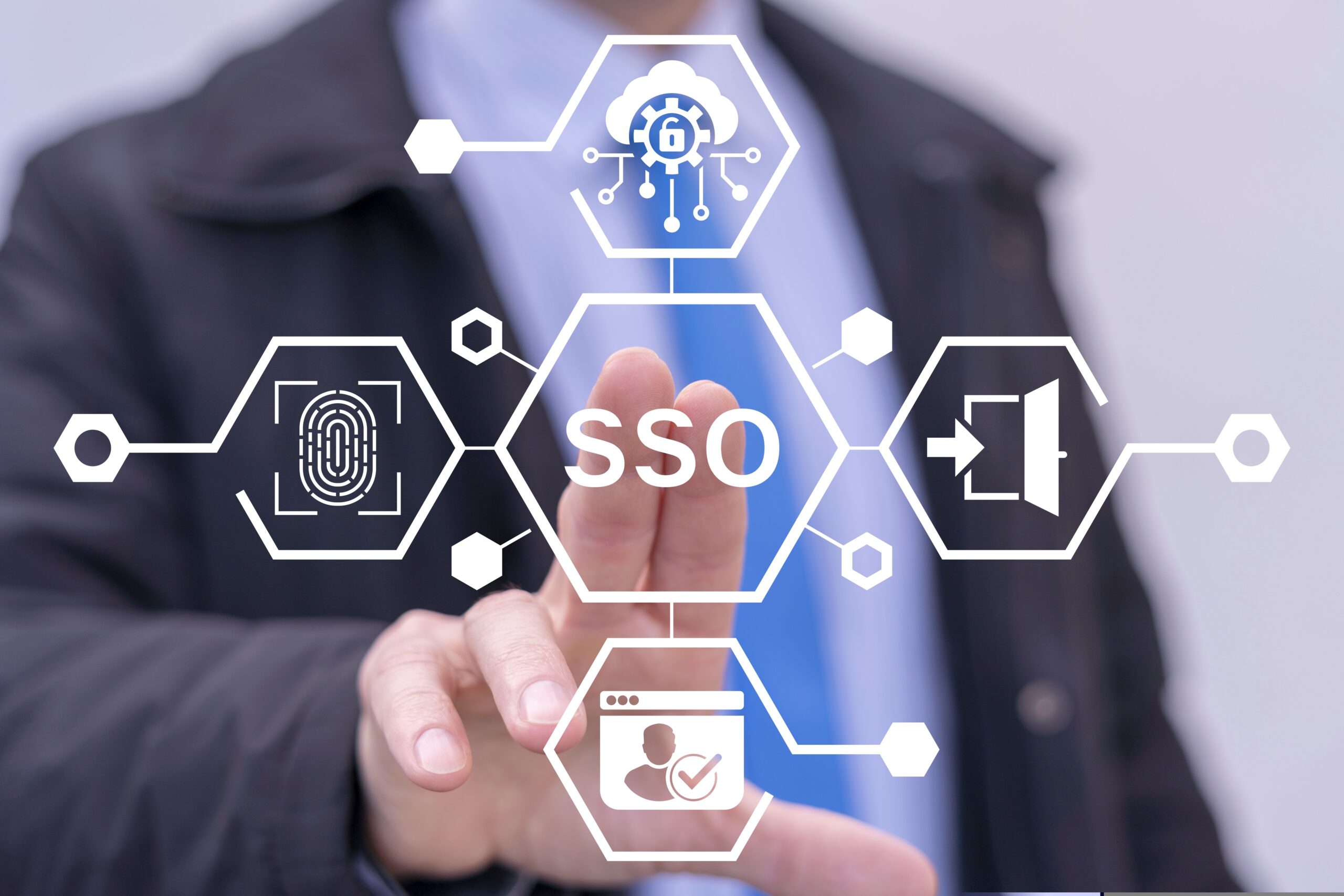Environmental, Health, and Safety (EHS) professionals play a crucial role in safeguarding the well-being of employees, the public, and the environment. As industries progress and new technologies emerge, EHS professionals face an ever-developing set of challenges. Any change comes with resistance. Progressing a field takes dedication and tenacity to overcome these obstacles. As EHS is essentially a service industry, any fulfillment in such a position comes from a shift in perspective and an ability to see difficulties as an area to improve. This article gives an overview of the top five issues confronting EHS professionals today, highlighting how these can serve as opportunities to advance the industry and individual organizations.
- Evolving Regulatory Landscape
EHS professionals constantly grapple with the challenge of staying updated with a rapidly changing regulatory environment. Local, national, and international regulations related to environmental protection, worker safety, and public health are subject to regular amendments, making compliance an arduous task. Ensuring adherence to complex and often ambiguous regulations necessitates substantial expertise and continuous monitoring.
By leveraging appropriate technology and collaborating with regulatory experts, EHS professionals can better navigate this intricate landscape, anticipate changes, and proactively adapt their organization’s practices to remain compliant. Though this challenge comes with the territory of working in an industry that operates under many constraints, it is an opportunity for those committed to bettering themselves and the lives of those around them.
- Climate Change and Sustainability
The pressing issue of climate change and sustainability is paramount for EHS professionals. Industries are under increasing scrutiny to reduce their carbon footprint and transition to more sustainable practices. This demands that EHS professionals assess and mitigate environmental impacts throughout the entire supply chain, from raw material extraction to product disposal.
To address these challenges, EHS professionals must actively engage in understanding how their company can adopt renewable energy sources, implement efficient waste management systems, and promote eco-friendly initiatives. There are many resources for EHS professionals to rise to the sustainability challenge and embracing Environmental, Social, and Governance (ESG) principles is an opportunity that can lead to greater advancement of standards for employee health, safety, and wellness. Additionally, there are technologies that can play a crucial role in monitoring energy consumption, greenhouse gas emissions, and other environmental indicators to help organizations meet sustainability goals.
- Occupational Health and Mental Well-being
EHS professionals face the growing concern of ensuring not only physical safety but also mental well-being within the workforce. The pandemic’s impact on mental health has heightened awareness of the importance of addressing stress, burnout, and work-related mental health issues, as these factors’ ability to negatively affect safe work is more frequently observed and documented. Understanding their role in helping coworkers, but not being overwhelmed and experiencing burnout themselves, is becoming a prolific challenge for EHS teams.
EHS professionals should collaborate with human resources and management to implement comprehensive wellness programs, psychological support systems, and resilience-building strategies. Ensuring a healthy and supportive work environment not only enhances productivity but also fosters a positive organizational culture. When workers feel cared for and supported, they are more likely to contribute their best efforts to work and are free from the external distractions that often follow them onto the floor. This opportunity has the greatest potential to make a positive impact at this time, as the depleted workforce continues to be an issue for many companies, so the ability to retain talent is essential. Additionally, research is available now to help educate employees at every organizational level (including C-suite) on how to support mental well-being initiatives.
- Cultural Shift and Stakeholder Engagement
Successfully managing EHS issues requires a cultural shift within organizations. EHS professionals often encounter resistance from stakeholders who prioritize short-term profits over long-term sustainability. Engaging stakeholders and instilling a sense of responsibility towards the environment and workforce can be a challenging task.
EHS professionals must act as change agents, promoting the value of EHS initiatives from both ethical and economic perspectives. Open communication and transparent reporting can help build trust and ensure that stakeholders are aligned with the organization’s EHS objectives. There is more potential than ever for safety to be accepted and ingrained in every part of business. The challenge in this scenario is that EHS personnel may be burdened with roles and responsibilities that they are not familiar with or do not have the capacity to take on. The opportunity is that EHS teams have the potential to really make safety the “engine” that it was meant to be in creating sustainable work processes and contributing to the betterment of all employees.
- Lack of Proper Technology
One of the primary issues faced by EHS professionals is the lack of access to advanced and integrated technology. Many organizations still rely on outdated systems and manual processes to manage environmental compliance, health and safety protocols, and risk assessment. This not only hampers productivity but also exposes organizations to potential risks and regulatory non-compliance. New technologies contribute in increasingly improving ways to the “reporting culture” that is key to an optimized safety program for organizations.
The ideal EHS technology should encompass tools that augment EHS professionals’ duties to streamline processes and monitor real-time data with innovative data analytics. Technology, not only in the form of cutting-edge EHS management platforms but also different artificial intelligence advancements and applications, is tackling many of the administrative tasks that take up a large percentage of work hours for EHS personnel. Integration of technology can significantly enhance the ability to collect, analyze, and act upon vast amounts of data.
An opportunity that this creates is giving EHS professionals the ability to spot the concern areas, make informed decisions, and prevent incidents more quickly. Additionally, because of the more streamlined workflows and the relief from data entry tasks, EHS team leaders potentially can make the time to focus on building the relationships and having the conversations that do the most to improve workplace safety. When there is time to listen to those performing the work, the best methods for risk mitigation and injury prevention can be discerned.
The challenge in this scenario is embracing change and learning new systems, which will invariably take time and effort. Adopting advanced technologies will present professional EHS professionals with new challenges in assessing and controlling the risks inherent to working with untested solutions. Once that initial hurdle is cleared, however, the benefits of having more visual safety data and automated processes will be attainable.
EHS professionals are on the frontline of tackling critical issues that impact organizations, communities, and the planet. The challenges they face are interconnected and demand holistic solutions. By embracing advanced technology, building expertise in regulatory compliance, promoting sustainable practices, prioritizing worker well-being, and fostering stakeholder engagement, EHS professionals can overcome these challenges and drive positive change within their organizations and beyond. Their unwavering commitment to creating a safer, healthier, and more sustainable future remains paramount in shaping a better world.
AUTHOR BIO:-

Cary comes to the SafetyStratus team as the Vice President of Operations with almost 30 years of experience in several different industries. He began his career in the United States Navy’s nuclear power program. From there he transitioned into the public sector as an Environmental, Health & Safety Manager in the utility industry. After almost thirteen years, he transitioned into the construction sector as a Safety Director at a large, international construction company. Most recently he held the position of Manager of Professional Services at a safety software company, overseeing the customer success, implementation, and process consulting aspects of the services team.
At SafetyStratus, he is focused on helping achieve the company’s vision of “Saving lives and the environment by successfully integrating knowledgeable people, sustainable processes, and unparalleled technology”.



